1,2-Dichloropropane
Dunkirk City and Area
1,2-Dichloropropane is a volatile carcinogenic solvent discharged from chemical factories and landfills. It also contaminates farmland due to its former use as a soil fumigant. Read More.
The insecticide and fumigant uses of 1,2-dichloropropane were discontinued in the 1980s, but it is still used as an industrial solvent. The California public health goal of 0.5 parts per billion, set to protect against cancer, is 10 times lower than the amount allowed by the federal government, which is a Maximum Contaminant Level of 5 parts per billion. 1,2-Dichloropropane can also damage the nervous system, liver, kidneys, and digestive and respiratory systems.
Samples
Samples exceeding legal limit (MCL)
Samples exceeding
health guidelines
Testing results - average by year
| Year | Average result | Samples taken | Detections | Range of results |
|---|---|---|---|---|
| 2013 | N/A | 0 | 0 | N/A |
| 2014 | ND | 1 | 0 | ND |
| 2015 | ND | 1 | 0 | ND |
| 2016 | ND | 1 | 0 | ND |
| 2017 | ND | 1 | 0 | ND |
| 2018 | ND | 2 | 0 | ND |
| 2019 | ND | 1 | 0 | ND |
ppb = parts per billion
State and national drinking water standards and health guidelines
EWG Health Guideline 0.5 ppb
The EWG Health Guideline of 0.5 ppb for 1,2-dichloropropane was defined by the California Office of Environmental Health Hazard Assessment as a public health goal, the level of a drinking water contaminant that does not pose a significant health risk. This health guideline protects against cancer.
EPA Maximum Contaminant
Level (MCL) 5 ppb
The legal limit for 1,2-dichloropropane, established in 1991, was based on analytical detection limits at the time that the standard was set. This limit may not fully protect against the risk of cancer.
ppb = parts per billion
All test results
| Date | Lab ID | Result |
|---|---|---|
| 2014-02-06 | POC2014 DUNKIRK | ND |
| 2015-02-05 | POCS15 DUNKIRK | ND |
| 2016-03-23 | POCS DUNKIRK 201 | ND |
| 2017-04-05 | POC 2017 DUNKIRK | ND |
| 2018-08-01 | POCS 2018 DUNKIR | ND |
| 2018-08-01 | POCS 18 DUNKIRK | ND |
| 2019-07-10 | POCS 19 DUNKIRK | ND |
